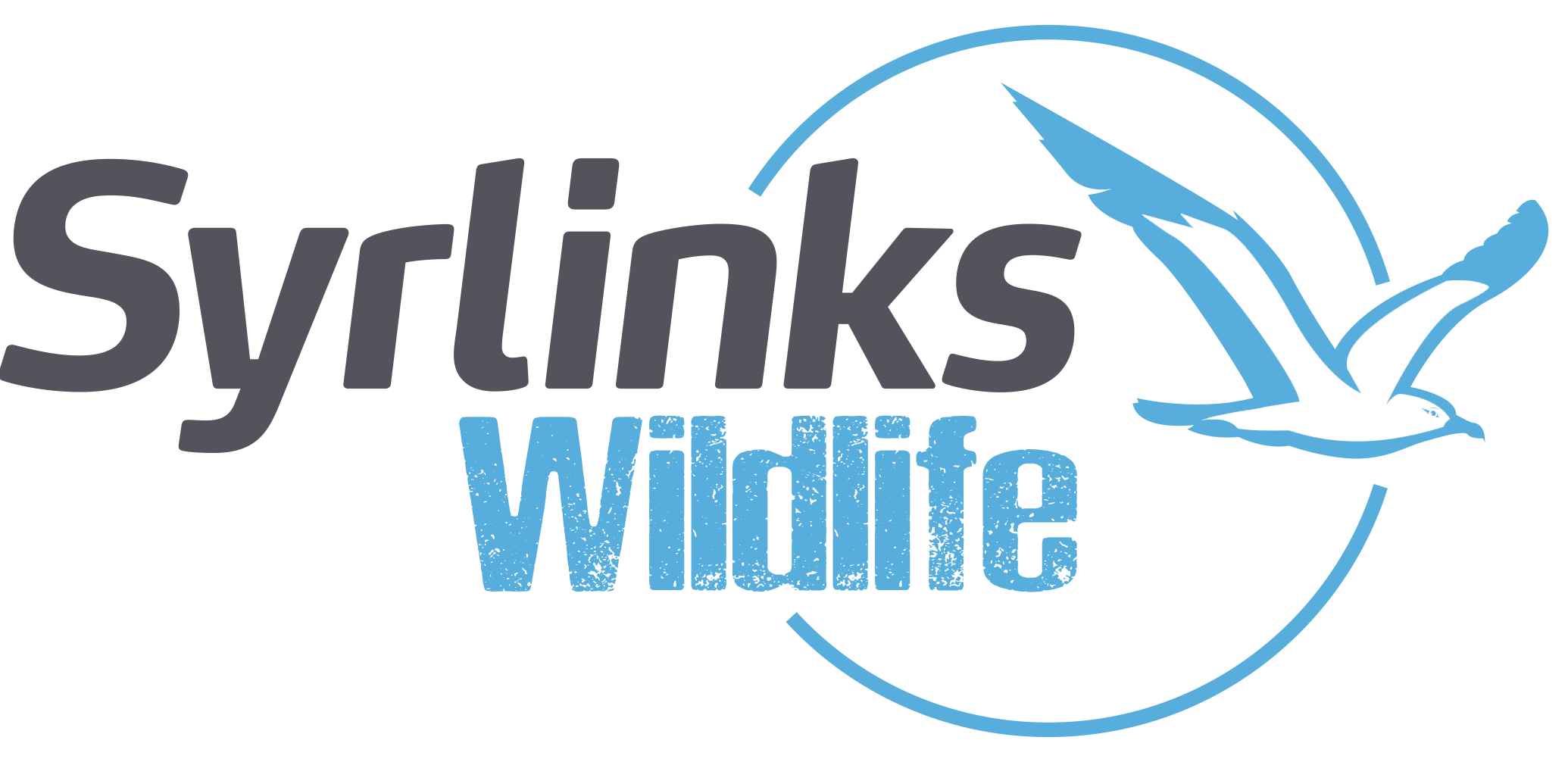Albatross Tracking
Syrlinks has designed a new generation Argos transmitters to answer to an Albatross argos tracking mission from the Kerguelen Islands. It is within the framework of programme 109, directed by Henri Weimerskirch of the CNRS, that these transmitters have made it possible to analyse the behaviour and habits of these large birds.
Thanks to studies carried out over several years, measures in favour of this threatened species have been put in place.
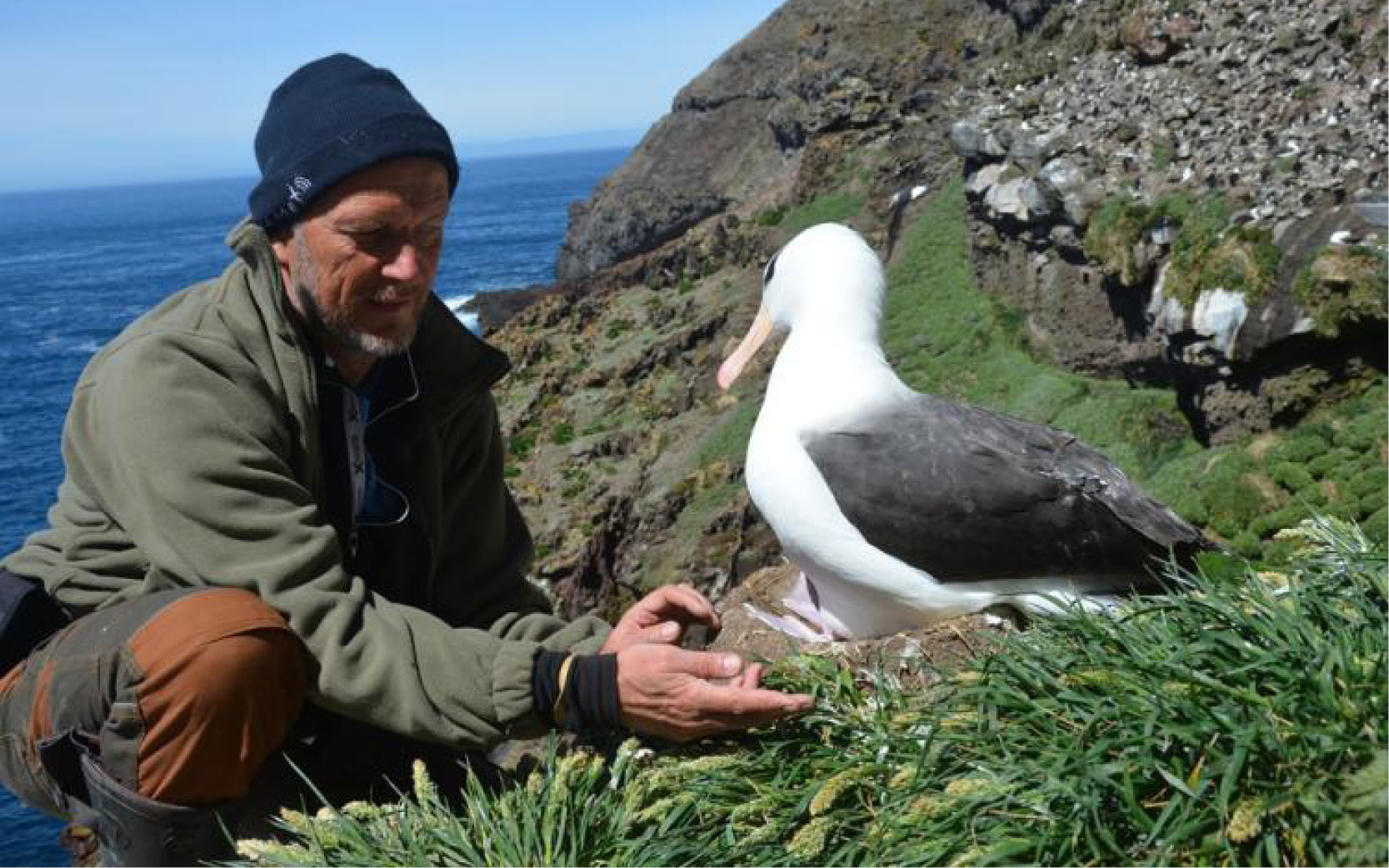
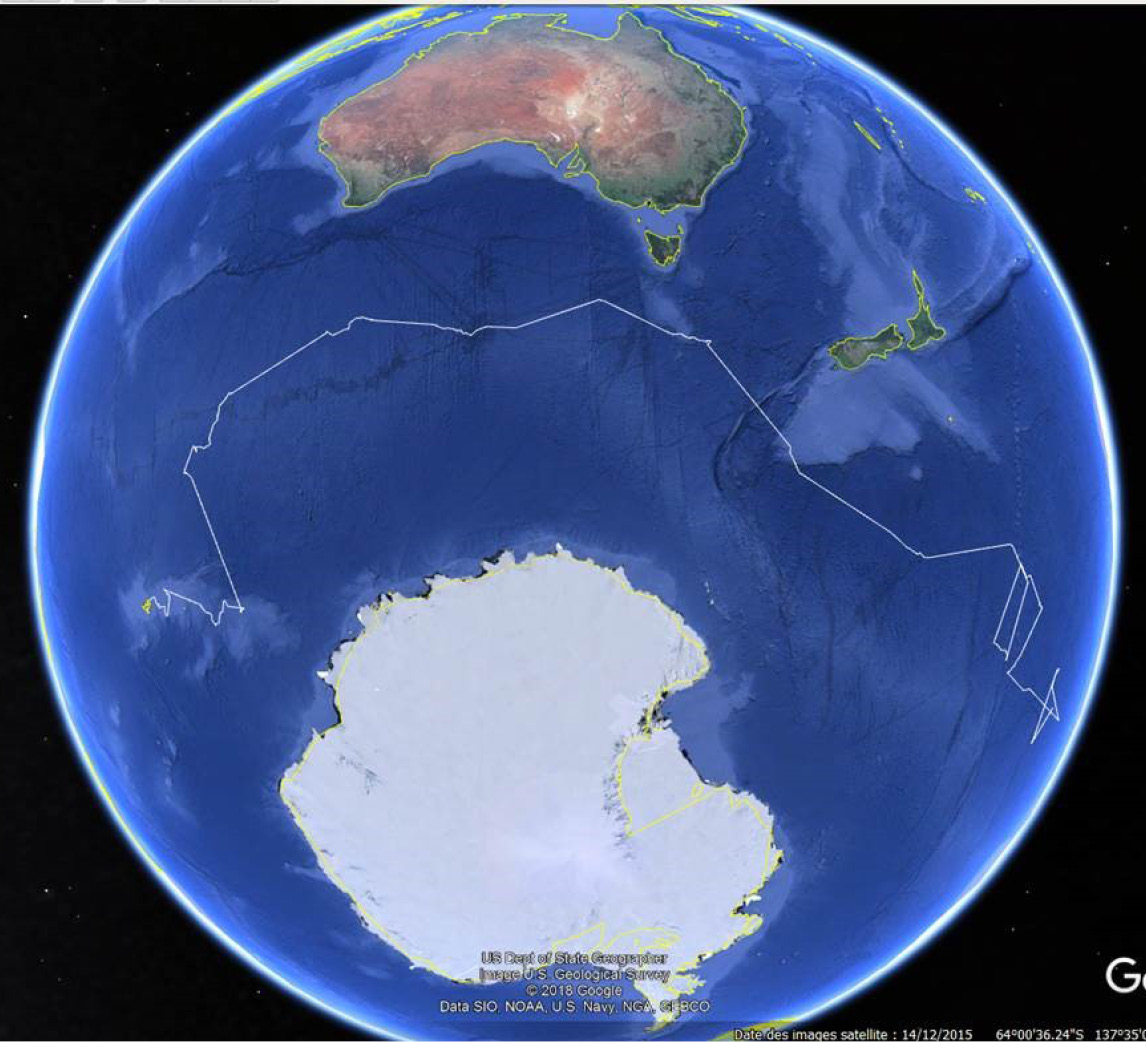
Picture #1 – Henri Weimerskirch, CNRS research director, with an albatros. © Henri Weimerskirch/CNRS ; Picture #2 – The route of the albatross that pass off the cost of Australia and is now about 3 000 km south of Tahiti
The French National Center for Scientific Study (CNRS) tracks the migrations of Kerguelen Albatrosses thanks to Syrlinks’ Argos PTT
The CNRS Ecology of Birds and Marine Mammals from the Chizé (France) Center for Biological Studies, recognized worldwide for its work, studies the feeding behavior of these animals. The CNRS team try to understand how the climatic and oceanographic variations affect Albatrosses populations. These predators are good bio-indicators to inform us about the changes affecting the ecosystem of the Southern Ocean. Scientists, thanks to these observations can make predictions about the future effects of climate change.
The researchers of this team launched at the begging of 2019 an Albatross argos tracking campaign on the Kerguelen islands. They are experimenting on this occasion the new Argos & GNSS miniature beacon developed by Syrlinks. The bird equipped with this PTT travelled more than 22 500 km in 2,5 months, between the Kerguelen islands & Chile. Thanks to the data collected by this Argos PTT, scientists can analyze a lot of information about behaviors and habits. It can be departure and arrival dates of the birds, nesting & wintering sites or halts during the migration period. The PTTs also offer to trace the path taken, to measure the duration of migration & the speed of movement. The study of these data thus contributes to the implementation of protective measures.
A tracking beacon for the bird over 800 grams
Thanks to its mastery of space radiocommunication technologies, Syrlinks team has designed a small beacon of less than 25 grams. This Argos PTT is suitable for monitoring birds weighting more than 800 grams. This lightweight beacon incorporates a rechargeable battery, solar panels, a GNSS receiver and multiple sensors. These features allow it to provide long-term follow-up.
For a precise geolocation, Syrlinks has embedded a GNSS receiver (GPS/Galiléo) in the beacon. The position of the animal will be permanently known with a localization inferior to 10m. Finally, several types of sensors are embedded to meet the needs of scientists depending on the species followed: accelerometer, temperature sensor, pressure, brightness…
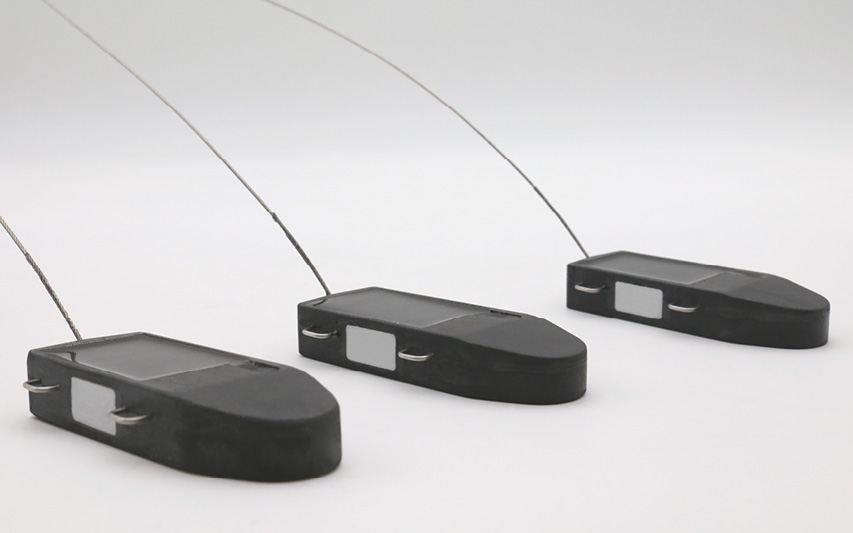

Picture #1 © Syrlinks – Picture #2 & #3 © Alexandre Corbeau – CNRS
The new Argos 4 generation at the service of biologging
The scientific community wants to innovate in the field of biologging by developing a new generation of beacons. It’s in this context that Syrlinks has entered into a partnership with the Biologging group of La Rochelle University Campus-innov; it will promote the transition from prototypes to the marketing of finished products answering scientific and environmental issues.
The reduced price of the beacon, compared to its competitors, will allow scientists to track 3 times more animals with the same budget.
Syrlinks team is developing new Argos modules for various applications, institutions or government organizations. It designed and manufactured a complete set of Argos 4 master beacons to calibrate the new Argos 4 system.
The global animal tracking market is constantly growing. CLS, the global operator of the Argos location and data collection system, has 22 000 active beacons every month, 8 000 animals tracked and located around the world and more than 100 user countries.
Related tracking experiences
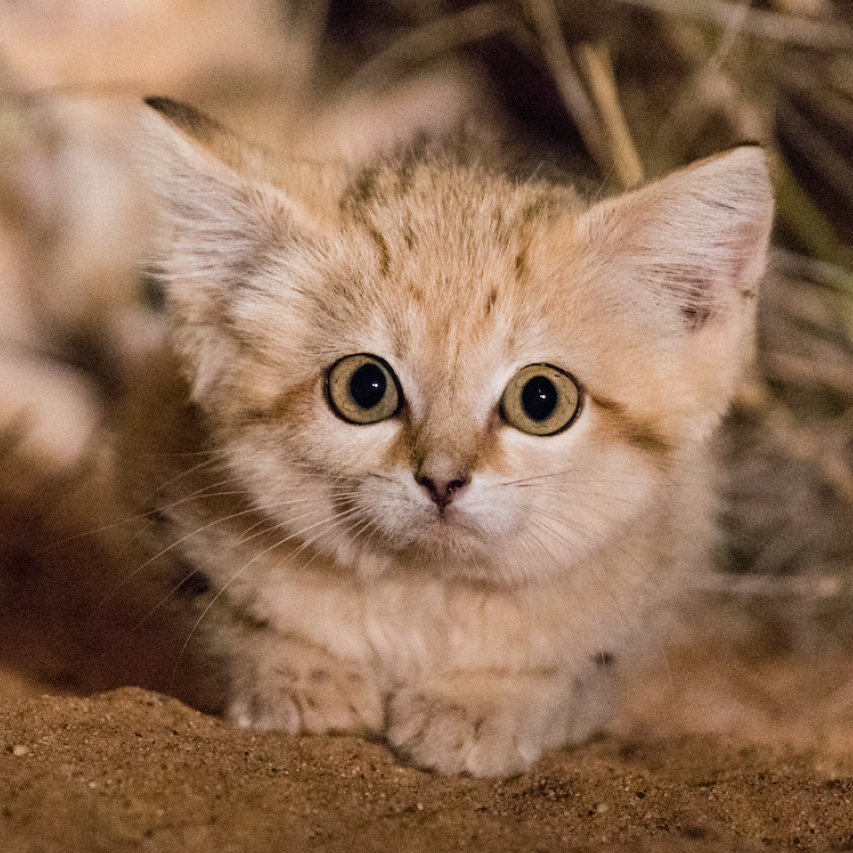
WHAT ELSE ?
28 rue Robert Keller
Zac des Champs Blancs
35510 Cesson Sévigné
France
Tel. +33 299 009 452
